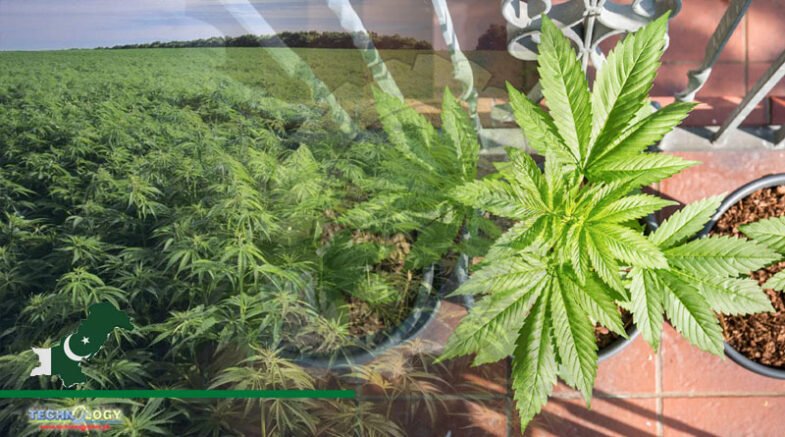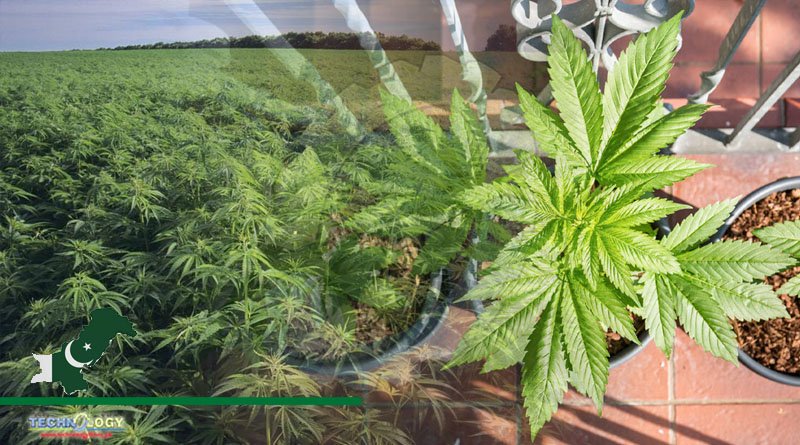The woolly umbrella is a tufted perennial herb that can grow up to one metre tall and is frequently used to create garden borders.

It is completely unrelated to the cannabis plant, but a South African plant known as a “woolly umbrella” produces a variety of the cannabinoids, the plant’s active compounds, some of which may have novel medical applications.
There are more than 40 cannabinoids found in woolly umbrellas, according to a study from the Weizmann Institute of Science in Rehovot that was published in the esteemed journal Nature Plants.
The team described the series of biochemical processes the plant goes through to create these compounds and demonstrated how these processes can be replicated in the lab to create new cannabinoids or even engineer new ones.
The woolly umbrella, also called Helichrysum umbraculigerum by botanists, is a tufted perennial herb that can grow up to one metre tall and is frequently used to create garden borders. Between January and April, the golden yellow flowers grow in clusters that are webbed together with “wool,” forming a structure resembling a parasol.
The young parts are grey and thinly woolly, velvety and leafy. The familiar cannabis plant makes more than 100 different active compounds, and it remains their iconic producer. But the woolly umbrella – which grows very fast – is a respectable runner-up.
“We have found a major new source of cannabinoids and developed tools for their sustained production that can help explore their enormous therapeutic potential,” said Dr. Shirley (Paula) Berman, who led the study in Prof. Asaph Aharoni’s lab in Weizmann’s plant and environmental sciences department.
Cannabinoids are widely used to relieve pain, nausea, anxiety and epileptic seizures, and their potential uses are growing. Aharoni’s lab launched a study of the woolly umbrella, which has long been known to be burned in folk rituals to release intoxicating fumes. German scientists who studied the plant more than four decades ago found evidence that it contains cannabinoids, but modern studies failed to reproduce their findings.
Now Berman and colleagues have verified that initial report using a variety of cutting-edge technologies. They used cutting-edge analytical chemistry, such as high-resolution mass spectroscopy, to sequence the entire genome of the woolly umbrella and to determine the cannabinoids that it contains.
The exact structure of more than a dozen of these cannabinoids and other related metabolites were revealed by the researchers using nuclear magnetic resonance.
They identified the location in the plant where cannabinoids are produced by tracing the entire biochemical pathway involved in their synthesis.
It turns out that cannabis produces cannabinoids primarily in the shorter-lived and more difficult-to-harvest flower clusters of its inflorescences (inflorescences classified according to the arrangement of flowers on a main axis), whereas the woolly umbrella produces these compounds primarily in its leaves, possibly giving it an economic advantage over cannabis (and by the timing of its flowering).
The Weizmann researchers discovered that despite this distinction, cannabis and woolly umbrellas have a lot in common. In particular, throughout the first half of the biochemical pathway, the enzymes used in each step of their cannabinoid production process come from the same families.
The woolly umbrella contains six cannabinoids that are also present in cannabis. The two most well-known cannabinoids, THC and CBD, are not among the six, but cannabigerol (CBG), a promising newcomer in cannabinoid research, is one of them: Although it lacks mood-altering properties, it has potential therapeutic applications.
All of the classic cannabinoids are produced from the acid form of CBG, which is present in the plant in relatively high concentrations. This bolsters the hypothesis that the woolly umbrella may one day serve as a valuable source of cannabinoids derived from plants.
Although their exact function in plants is unknown, cannabinoids probably act as protection against predators or other threats.
According to Aharoni, “the fact that two genetically unrelated plants independently acquired the ability to produce cannabinoids during evolution suggests that these compounds perform important ecological functions. More investigation is required to define these functions.”
In order to create the recently identified cannabinoid-producing enzymes in tobacco plants, his team has already advanced their most recent understanding of the genetics of cannabinoids.
The scientists were also successful in using these enzymes to produce finished cannabinoids in yeast, indicating a new method of producing the substances for research and the biotech sector.
The results of the study may eventually even enable the creation of synthetic cannabinoids. These could be created, for example, to more effectively bind to the cannabinoid receptors found in humans or to provide particular therapeutic advantages.
The naturally occurring cannabinoids in woolly umbrellas may also provide new opportunities. As Berman put it, “the next fascinating step would be to characterise the more than 30 novel cannabinoids we’ve found and then to see what therapeutic uses they might have.”
